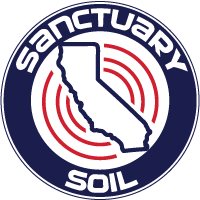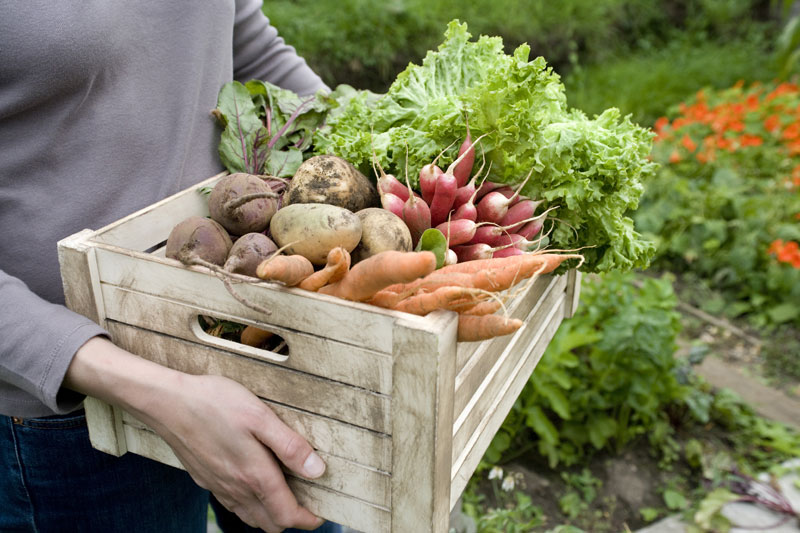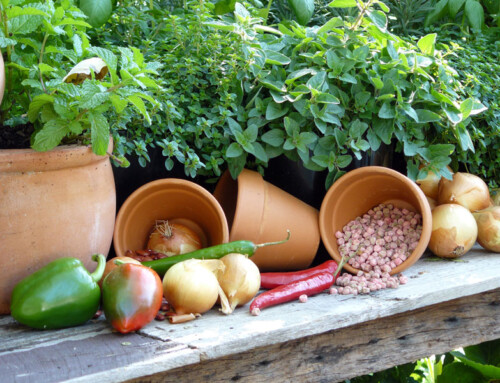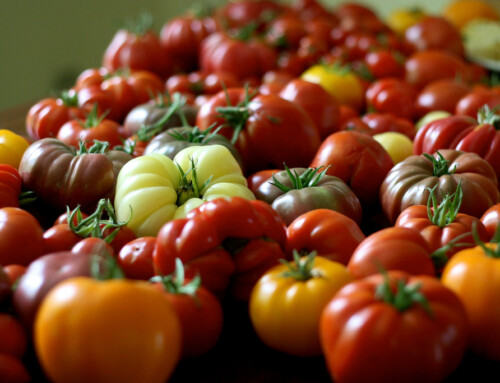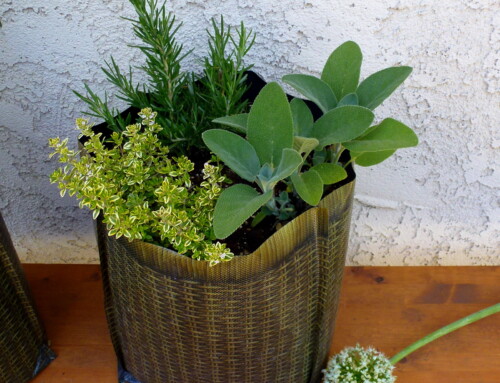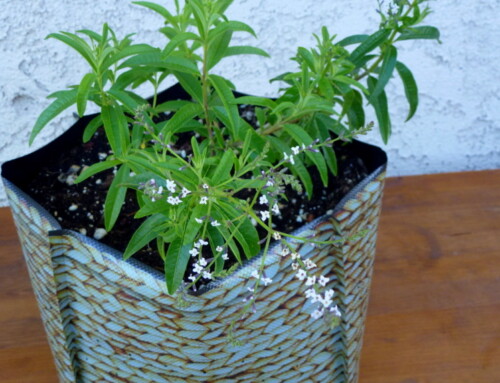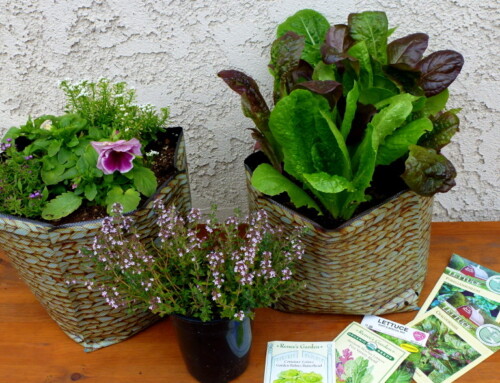Would you like to grow food in fall and winter? We know it can be a bit more challenging if you don’t happen to live in a moderate climate such as California, where Sanctuary Soil is headquartered.
But don’t despair! Even in cold climates, you can grow and enjoy fresh foods all year long. Here are some quick tips and resources that might help.
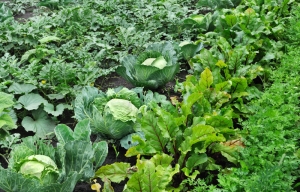 Frost-Tolerant Foods
Frost-Tolerant Foods
Winter gardens are typically started in late-summer and early-autumn. So, the plants have time to mature before the temperatures fall and days shorten.
It always amazes us how many frost-tolerant vegetables can be found in the garden. Cabbage, kale, mustard and radishes are just some of the vegetables that can survive hard frosts or temperatures below 28 degrees F. With some protection, these foods can grow late into the season, or throughout the winter.
Some vegetables, such as Brussels sprouts and carrots, actually taste better after a light frost.
Vegetables like spring cabbages and peas can overwinter in the soil. They can be sowed early in fall for an early-spring harvest.
Learn the frost tolerance of various vegetables in this interesting article by Botanical Seeds.
This article will tell you which:
- Foods can’t handle any frost, such as tomatoes and beans;
- Foods can stand a light frost, like arugula and carrots; and
- Foods can withstand a heavy frost, like onions, peas and turnips.
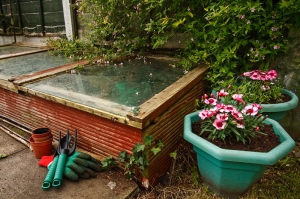 Extend Growing Season
Extend Growing Season
Cold frames, floating row covers, cloches and greenhouses are some clever ways to protect plants from freezing temperatures. These tools will extend your growing season longer into winter and earlier into spring.
By the way, you’ll want to lift the doors on cold frames to vent out excess heat on sunny days, so the plants don’t overheat.
With good gardening practices, hardy plants and proper weather protection, you’ll be eating well all winter long.
Four-Season Gardens
Don’t believe us? Even in frosty Maine and Canada, you’ll find thriving four-season vegetable gardens. Here are two highly acclaimed books to consider as guidebooks to help you grow food in fall and winter:
Eliot Coleman (Harborside, Maine) – Four-Season Harvest: Organic Vegetables from Your Home All Year Long
Niki Jabbour (Nova Scotia, Canada) – The Year-Round Vegetable Gardener
Long-Storage Foods
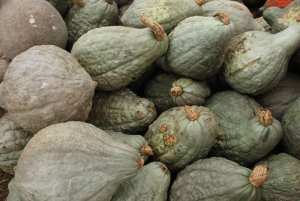 Even though frost-tender winter squashes are grown in summer, the hard-shelled vegetables – which are botanically fruit, by the way – store a long time in proper conditions. They provide nutritious and delicious ingredients in the dead of winter.
Even though frost-tender winter squashes are grown in summer, the hard-shelled vegetables – which are botanically fruit, by the way – store a long time in proper conditions. They provide nutritious and delicious ingredients in the dead of winter.
For instance, the Blue Hubbarbs (shown here) will store three to six months. Just in time for lots of cold-season meals!
Here are pumpkin and winter squash storage tips from the Oregon State University Extension.
Root Cellars
“Before refrigeration, the root cellar was an essential way to keep carrots, turnips, beets, parsnips, potatoes, and other root vegetables fresh through the winter months,” writes the Old Farmer’s Almanac.
You can build a root cellar of your own, with advice from the magazine.
Learn More! In upcoming posts, Sanctuary Soil will share more tips on growing food, as well as how to enjoy these edible plants in the kitchen.
Meanwhile, what are some of your favorite ways to grow food in fall and winter?

